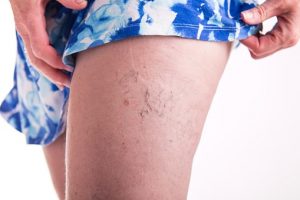
Varicose veins occur when a vein becomes weak and collapses. As a result, blood pools in the legs, causing veins to bulge. Some people with varicose veins can live with no symptoms while others experience restless leg syndrome, itchiness, swelling, heaviness, and pain.
Treatments for varicose veins have advanced over the last few decades from once being invasive treatments that required hospital stays to now being day treatments where you can go home soon after.
Mr. William Neary, surgeon, explained, “In deciding when to have your veins treated, it is important to know how much they are bothering you. With local anesthetic and short treatment time needed, recovery is quick and there is minimal bruising, scarring or swelling, so you can both look and feel better sooner. During the consultation, an ultrasound scan will detect the source of the problem and from the size and position, indicate the required treatment. This could be endothermal ablation using a radio-frequency catheter or laser for varicose veins or foam sclerotherapy or a combination of the two.”
“These methods have a 95 per cent success rate, so that further treatment is unlikely to be required for at least five to seven years. Thread veins in the legs may also be treated by microscleropathy or Veinwave,” he continued.
With such advancements in reducing the appearance of varicose veins, patients no longer need to be frightful of surgeries with long recovery times, which means more people can finally get the relief they seek and get back to dressing how they want.
Also read:
- Yoga poses and exercises for varicose veins treatment
- 16 best essential oils for varicose veins natural treatment